VMAP
Enhancing interoperability in virtual engineering workflows

- Project
start
September 2017 - Project
end
October 2020 - Project
leader
Klaus Wolf
SCAI, Germany - More
information
https://itea4.org/project/vmap.html
A wide range of computer-aided engineering (CAE) software tools already enable virtual material and product design, virtual manufacturing and machining process parameterisation, and virtual product testing of high-tech materials. However, these tools are rarely interoperable and contain multiple native formats for storing the CAE data to be transferred between simulation codes, such as geometrical discretisation, simulation results and metadata. The ability to carry forward result data from one simulation step to another in a CAE software workflow has therefore always been dependent on customised data transfer solutions, which require a huge effort in terms of time and money.
The goal of the ITEA project VMAP, which ran from September 2017 until October 2021 with 29 industrial and academic partners from Austria, Belgium, Canada, Germany, the Netherlands and Switzerland, was to gain common understanding and interoperable definitions for the modelling of materials and manufacturing processes and to generate universal concepts and open software interface specifications for the exchange of simulation results information in CAE workflows.
Faster innovation through increased flexibility and reduced set-up times
The VMAP project has filled this gap by creating the world’s first CAE workflow interface standard for integrating multi-disciplinary and multi-software simulation processes in the manufacturing industry. This standard is vendor-neutral, cost-free and completely open to any interested party, helping to maximise its uptake amongst companies of all sizes. The first public version of the standard was announced by the VMAP project on 10 January 2020, before the end of the project.
VMAP’s major result is simple: setting up and adapting workflows in computer-aided engineering is now quicker, easier and more cost-effective than ever before. One clear example of this has been demonstrated by Philips, where the innovation speed of highly complex parts has increased by almost 50%. Similarly, the time spent on strength assessments in the moulding of plastic parts by RIKUTEC Richter Kunststofftechnik in Germany has been reduced by 42% and the set-up time for virtual process chains for lightweight automotive components with composites within a prominent German car manufacturer fell by 40%. This efficiency gain was also confirmed by the DLR Institute of Structures and Design, as the design of jet engines is a highly interdisciplinary process and VMAP significantly contributes to automation as it seamlessly integrates into the respective tool chains. By eliminating the need for customised solutions, delays caused by human errors are also greatly reduced.
These examples clearly show that the introduction and use of format and interface standards increases software interoperability. Consequently, VMAP leads to significant savings in the creation and adaptation of process flows in virtual engineering. These reduced time expenditures and the increased flexibility in virtual design can therefore help to increase the innovative strength of a company even in the short term.
The VMAP IO Library, which is provided free of charge, also enables software owners to adapt their own codes to this new standard with little effort and thus make them compatible with a growing number of other simulation tools.
Standards Community
As a standard is only as strong as its users, the VMAP Standards Community e.V. (VMAP SC) was created on 20 December 2022 by 16 founding members, including several partners that were attracted from outside of the consortium, with the purpose of disseminating the VMAP standard, further developing it and ensuring and maintaining a uniform interface development library. The VMAP SC is open to any interested party that wants to use or contribute to the standardisation efforts of the VMAP SC. Several VMAP Standards Community webinars and workshops were organised in 2022 to inform the sector of the progress achieved and discuss the technical extensions and industrial use cases.
The VMAP Community is a growing collection of interested users, code developers and researchers who, together with the VMAP SC, support the further spread of the VMAP standard. It currently contains more than 150 entities, including large players such as Bosch and Philips, and has good links with other standardisation groups such as Modelica/FMI, the European Material Modelling Council and the ISO STEP 242 community.
The current standardisation activities of the VMAP SC focus on the extension to support complete calculation models in the standard so that input parameters and load cases for simulation models will soon be able to be stored neutrally and uniformly for as many simulation tools as possible.
‘String of pearls’
VMAP is the first-ever CAE workflow interface standard. One of its biggest strengths is therefore its rich potential, which the community seeks to exploit by extending the standard into technical domains beyond simulation for manufacturing parts. The VMAP SC is therefore continuing its efforts. The VMAP analytics project, coordinated by Swerim AB (Sweden) will contribute to the standardisation of data transfer for Computational Fluid Dynamics (CFD) and multi-scale simulations, test and sensor data storage, and the alignment of AI methods for data analytics to the VMAP standard. Within this project, the Swedish partners from the steel industry (Gränges, Morgardshammar, Ovako and Prevas) and the IT company Gemit will adapt VMAP to their own monitoring and simulation workflows. The ultimate goal of the VMAP analytics project is the concept development of a digital twin platform for implementing analysis tools, methods, models and process data using the standardised interfaces.
The recently started H2020 project PIONEER is developing an open innovation platform and a digital pipeline that connects various technologies towards the optimisation of the design of industrial systems through simulation and the improvement of the efficiency of production processes. VMAP will play a major role in interconnecting different simulation environments with data from design, test and machine monitoring. The Eureka project HyPerStripes is working on the development of solutions for flexible interconnects and planar hybrid foil systems. Again, VMAP has the role of an open and interoperable data format for simulation.
Swedish project partner and service provider ÅF has improved its service by being able to consider energy in the virtual commissioning of plants. This has provided ÅF with a unique selling point for its service over other competitors, allowing them to receive more orders, which in turn increases the value of their turnover.
VMAP thus represents the tip of the iceberg: as the number of organisations involved in the community increases, so too will the number of engineering domains which can benefit from the faster processes and lower costs of CAE interoperability. ITEA is supporting the further development of this standard in future ITEA projects in the VMAP line to create a new ‘string of pearls’ – successes that have laid the foundations for ITEA to be just as, if not more, successful in the future in a number of key domains.

Other chapters
Use the arrows to view more chapters
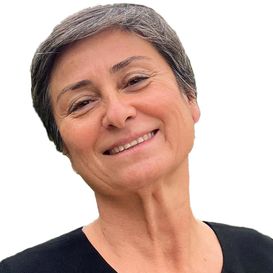
Editorial
By Zeynep Sarılar
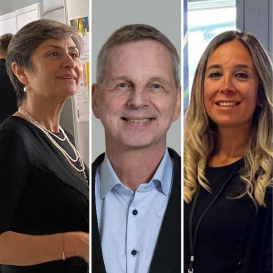
25 years of ITEA
Two Public Authorities share their views of the ITEA experience

Country Focus: Sweden
Research and innovation are crucial for competitiveness, sustainability and resilience
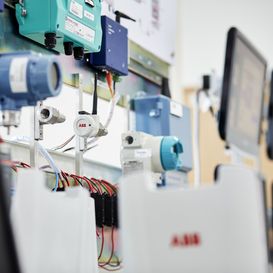
ABB
Provider of world-leading sustainable and automated solutions
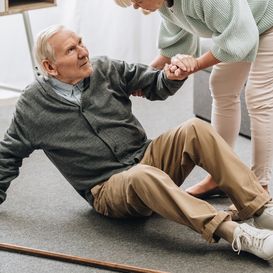
HeKDisco Project benefits story
AI system and smart wristband helps prevent the elderly from falling

ITEA Success story: PARTNER
‘One patient, one team’ approach for hospitals
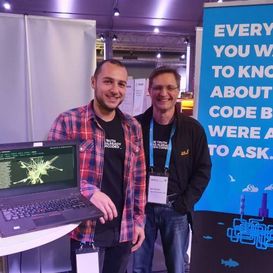
SME in the Spotlight: Cape of Good Code
A business value metric for software leaders

Community Talk with Gjalt Loots
A multifaceted connector!
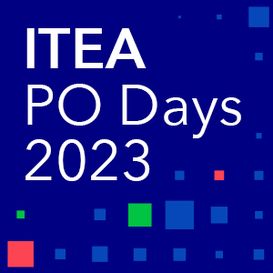
ITEA PO Days 2023 & 25 years anniversary and exhibition
Become part of ITEA's next ground-breaking innovation!
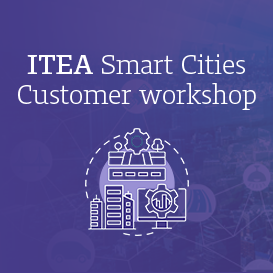
ITEA Smart Cities customer workshop
Insights into the 2023 Smart Cities customer workshop

ITEA Success story: VMAP
Enhancing interoperability in virtual engineering workflows
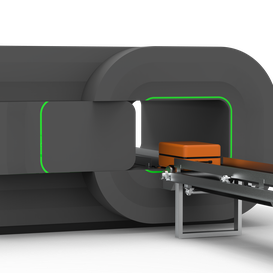
By and for end-users
Dynaxion aims for a safer society with AI-based Spectroscopy

25 years of ITEA
Ground-breaking innovations we’re still grateful for today
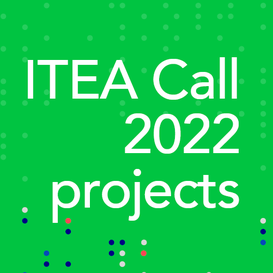
ITEA Call 2022 projects
Unveiling strong international projects with focus on AI

